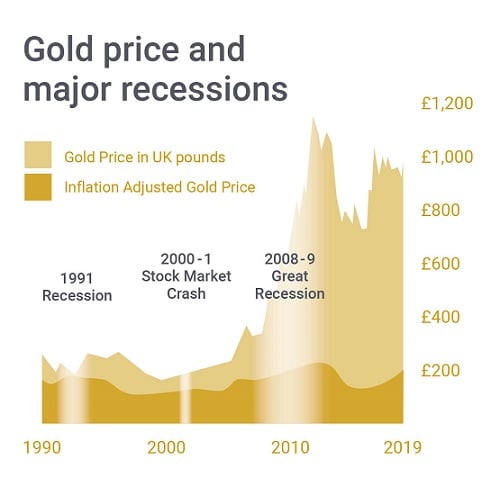Alright, folks, let’s cut straight to the chase. Today’s market is navigating a confluence of events, and your wallet’s paying attention, whether you realize it or not. We’re facing a hefty 164.5 billion yuan (roughly $23 billion USD) in 7-day reverse repurchase agreements coming due. This is a significant liquidity event and will undoubtedly ripple through short-term rates.
Now, don’t panic, but understand what this means. Reverse repos are essentially a tool the People’s Bank of China (PBOC) uses to manage liquidity in the financial system. Seeing this much maturing simultaneously is always something to watch closely. It indicates where the PBOC is leaning in its monetary policy – tightening or easing.
And as if that weren’t enough, the International Monetary Fund (IMF) is dropping its latest World Economic Outlook report today. Expect fireworks. The IMF’s forecasts are market movers, and after a somewhat tumultuous start to the year, these projections will set the tone for the remainder of the quarter.
Knowledge Nugget: Understanding Reverse Repos & IMF Reports
Reverse repos are essentially short-term loans from commercial banks to the central bank. The central bank sells securities with an agreement to repurchase them at a higher price. This drains liquidity from the market.
Conversely, when the central bank buys securities, it injects liquidity. The size and frequency of these operations signal the central bank’s intentions.
The IMF’s World Economic Outlook is released twice a year, and carries huge weight. It assesses the current global economic situation and offer forecasts for future growth, inflation, and trade.
Expect a detailed analysis including a lot of revisions, and it’s often a reflection of geopolitical and economic events.
Falling short of expectations from IMF is rarely a good sign for global markets. Keep a close eye on revisions to growth forecasts.





